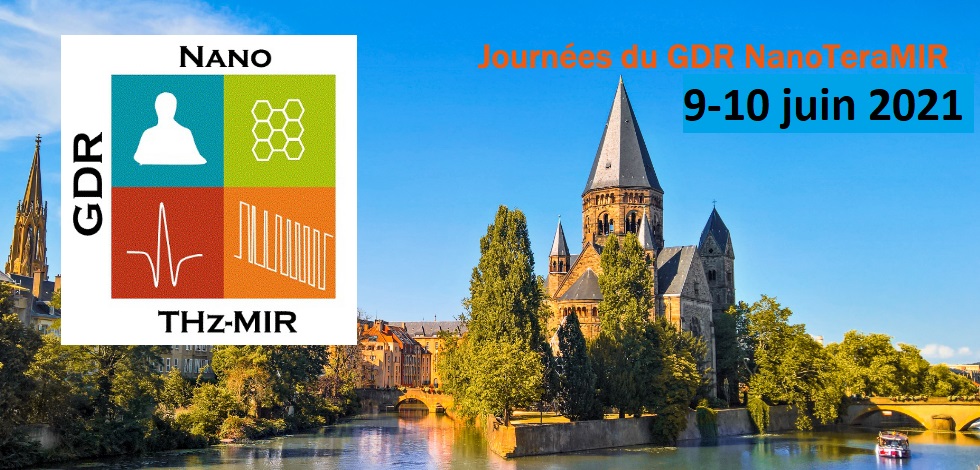QCL's are lasers based on inter subband transition in the conduction band of semiconductors. They are promising continuous wave light sources (c.w) in the MIR range (from 3 to 25µm). However, their frequency stability is limited by many different external sources of noise and therefore the typical freerunning linewidth are in the MHz level, partially limited by the noise that arises from electrical current fluctuation [1]. The characteristic linewidth can be very efficiently reduced by frequency-sensitive element that can measure the fluctuations of the laser frequency and by comparing with a reference, generate an error signal to correct the injection current and thus the emission frequency [2]. In this work, we demonstrate the active stabilization of a DFB-QCL using a phased-locked loop (PLL) correction system, fabricated at the LPL laboratory. For this aim, we used two QCLs (one as Local oscillator and the other as Signal one which has much lower power, 96 and 47 mW respectively) and benefiting from the heterodyne beating (up to 800MHz) of two lasers on a fast commercial photodetector (VIGO). The RF beating is compared with a RF stable reference signal on the PLL. This process is used to actively change the injection current of signal laser thus stabilising the beatnote to the Hz level. Fig. 1 shows the power spectral density (PSD) of the beating for different beatnote frequencies. We achieved the signal to noise ratio of nearly 50 dBm at 1Hz of RBW. Our results demonstrate that by active stabilization of QCLs and benefiting from phase correction with PLL box, it is possible to lock the frequency of one laser to another without any long-term drift. This method opens the way to the highly sensitive heterodyne detection with NEP in the fW range, while the heterodyne receiver is kept at 300 K [3]+

|
Highly sensitive heterodyne detection with stabilized QCL laser
1 : Laboratoire de physique de lÉNS - ENS Paris
École normale supérieure - Paris, Université Paris sciences et lettres, Sorbonne Université, Centre National de la Recherche Scientifique : UMR8023, Université de Paris
24, rue Lhomond75005 Paris -
France
2 : Laboratoire de Physique des Lasers
Centre National de la Recherche Scientifique : UMR7538, Université Sorbonne Paris nord
Université Sorbonne Paris Nord, 99 Avenue Jean-Baptiste Clément, F-93430 Villetaneuse -
France
|
| Personnes connectées : 1 | Vie privée |

|

